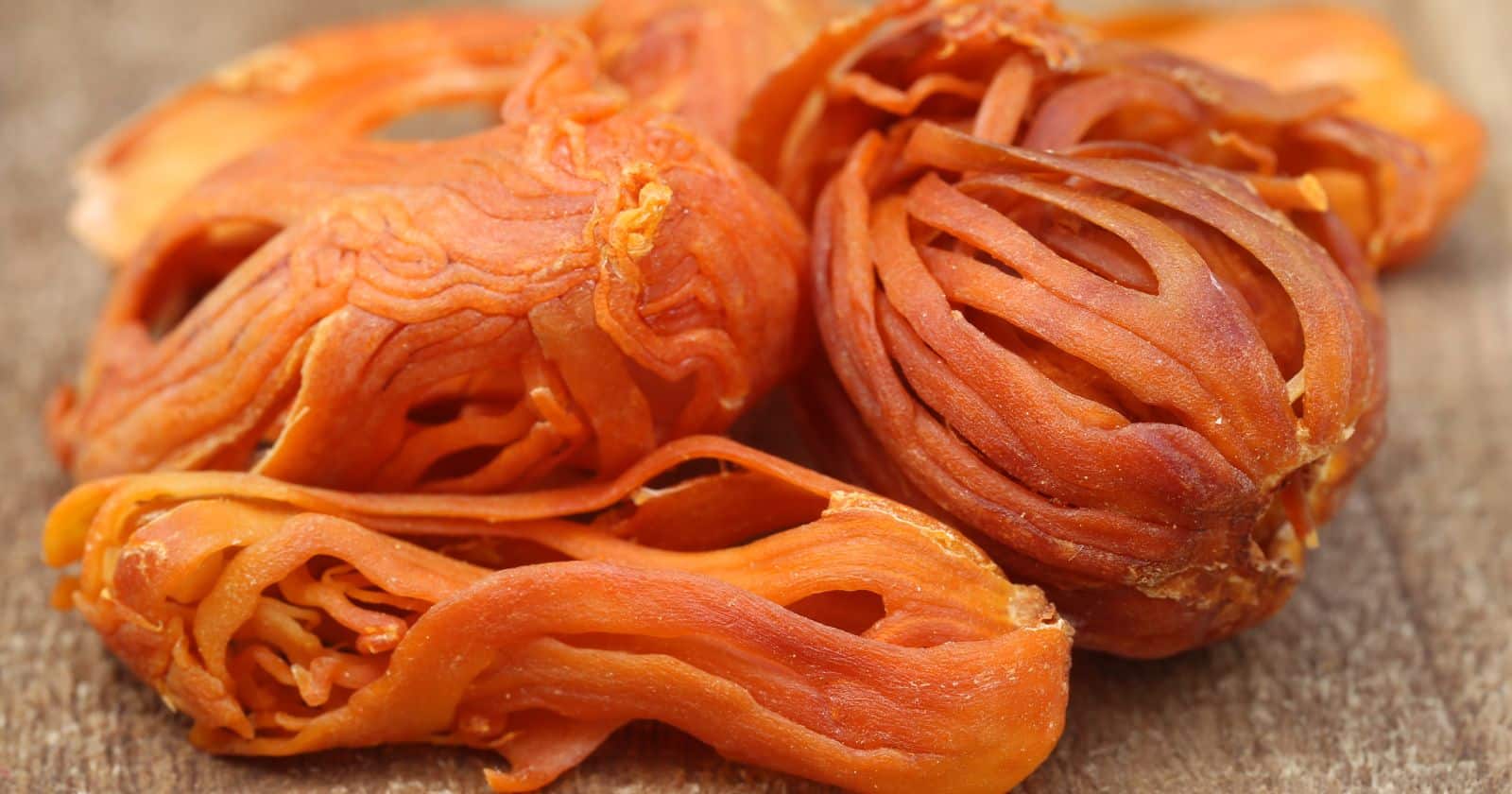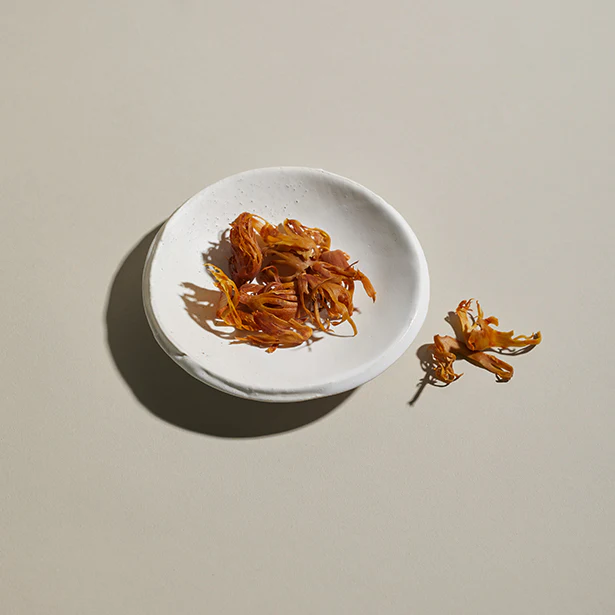If you’re new to cooking with spices, blade mace might be unfamiliar and intimidating.
But don’t worry—it’s easier than it looks! In this article, we’ll introduce you to the power of blade mace and share tips on incorporating it into your favorite dishes.
Blade mace is the outer covering of nutmeg seed, which relates to nutmeg in both form and flavor.
It has a bright orange hue and is slightly bitter with a hint of sweetness that adds complexity to any dish. You can grind your own blade mace or buy it pre-ground for convenience.
Its subtle complexity quickly elevates your meals from conventional to extraordinary when used correctly!
From fragrant curries to warm cakes, we’ll discuss all the incredible ways you can use mace in your cooking.
Don’t miss out on learning about one of the best aromatic spices! Join us as we discover the tantalizing world of blade mace and learn how easy (and delicious!) using this intriguing
What Is Blade Made, And How Is It Different From Nutmeg?
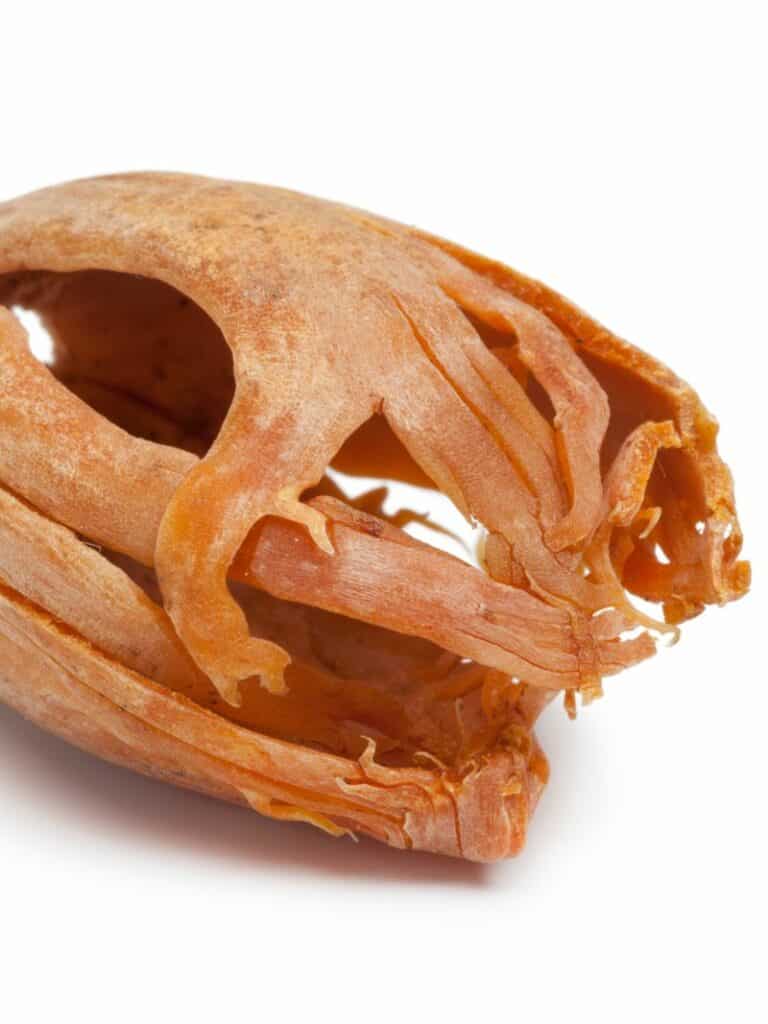
Blade mace is an aromatic
It has a distinct flavor and aroma that can enhance many dishes.
While mace and nutmeg are largely interchangeable, there is a subtle difference in their taste: mace is lighter and more delicate than nutmeg, with a slightly sweet hint of cinnamon.
The nutmeg tree (Myristica fragrans) is native to the Moluccas (known as the
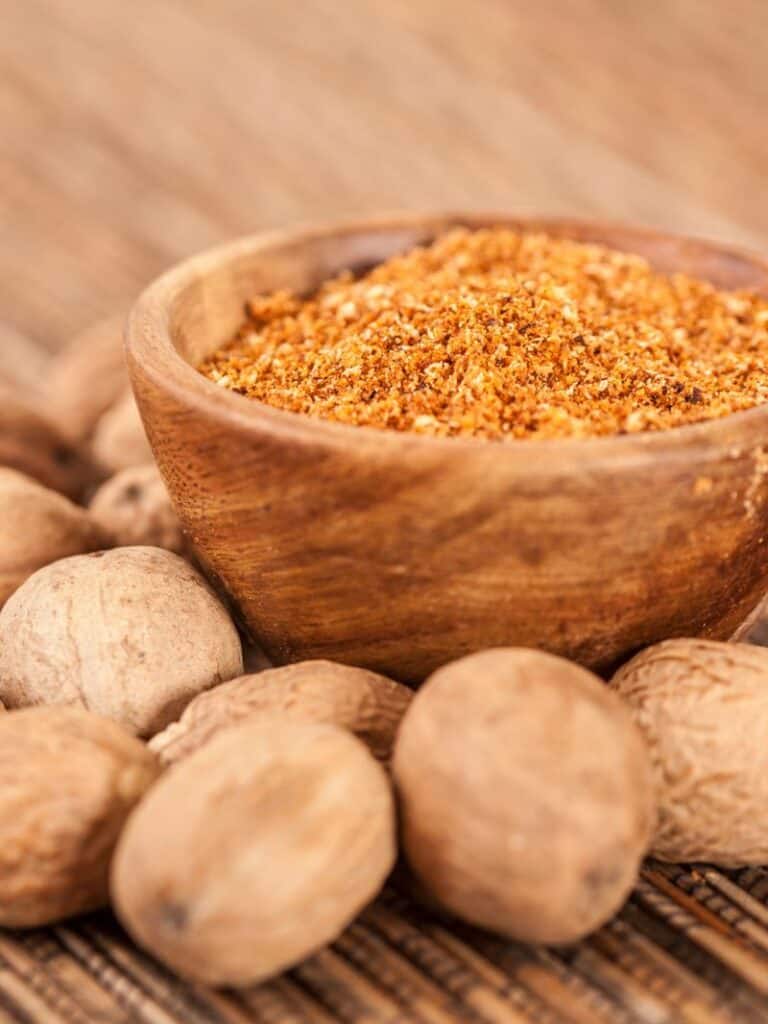
Nutmeg and mace are both derived from this tree, but they are harvested differently. Nutmeg needs special hardware to harvest its sweet, pungent shavings, while blades of mace can quickly be dispatched in your
Mace has been used centuries as a flavoring agent for food and drinks such as cakes, cookies, custards, soups, sauces, curries, and mulled wines.
It can also be used to make tea or mixed into coffee for an aromatic flavor boost.
Blade Mace’s unique flavor profile makes it perfect for adding depth to savory dishes like stews or casseroles and desserts like cakes or pies.
Harvesting And Processing Blade Mace
The process of harvesting and processing blade mace begins with hand-picking the ripe fruits from the trees.
The fruits are then carefully opened and air-dried for several days until their moisture content has been reduced to about 10%.
Once dried, the husks are separated from the seeds and then boiled for several hours to remove any remaining moisture before being sun-dried again.
After drying, they are cut into thin strips called “blades,” graded according to size and color before being packaged for sale.
Flavor Profile Of Blade Mace
Blade mace is a
It has a delicate, slightly warm taste and a fragrance similar to nutmeg’s, making it an excellent addition to many dishes.
The overall flavor profile of mace is warming, neither too hot nor too cool. It has a unique taste similar to nutmeg but with slight peppery notes.
The color of the blade mace can vary depending on its origin. Orange-yellow blades tend to be from Grenada, while orange-red edges are more likely from Indonesia.
Mace should be stored in an airtight container away from direct sunlight and kept in a cool place for up to six months.
Blade mace adds depth and complexity to any dish it’s added to, be it savory or sweet recipes. Its aroma pairs well with meats such as beef or pork and fish dishes like salmon or trout.
The warm flavor also works great in baking recipes like cakes, cookies, muffins, and bread for an added fragrant note that will make your baked goods stand out among the rest!
Health Benefits Of Blade Mace
In addition to its culinary uses, mace also has some health benefits associated with it.
Mace may keep your digestive system healthy by aiding digestion and relieving indigestion.
It may also enhance appetite, boost blood circulation, improve dental health by fighting off bacteria that cause cavities and gum disease, protect the kidneys from damage caused by toxins in food or water, and help treat respiratory issues such as asthma or bronchitis.
How To Grind Blade Mace
Grinding your own spices is a great way to enjoy freshly ground flavor and aroma.
Blade mace, in particular, is one of the most popular spices used in cooking and baking.
To get the most out of your blade mace, it’s important to grind it properly.
Here are some tips and techniques for grinding blade mace:
- Start by prepping the
spice . Remove any debris or husks from the blade mace before grinding. - Use a mortar and pestle or electric spice grinder for best results. If you’re using an electric grinder, pulse it several times until you reach your desired texture.
- For a finer grind, use a sifter or food processor after grinding with a mortar and pestle or electric grinder. This will help break down larger pieces into smaller particles while preserving flavor and aroma.
- Store your freshly ground blade mace in an airtight container in a cool, dry place away from direct sunlight for up to six months for optimal freshness.
- To ensure consistent results every time you grind blade mace, measure out each batch before grinding so that you know exactly how much
spice to use in each recipe. This will also help ensure that your recipes have consistent flavor and aroma throughout each batch of food!
Savory Dishes That Feature Blade Mace
Blade mace is a lesser-known
Biryani

Biryani is a South Asian dish with rice, meat, and various spices, including blade mace. The sauce adds a subtle nutty flavor that pairs well with the rich, savory flavors of the dish.
Creamy Soups

Blade mace can also be added to creamy soups, such as pumpkin or butternut squash soup. The nutty flavor of the blade mace complements the sweet and creamy flavors of the soup, creating a comforting and delicious dish.
Stews and Curries

Blade mace is a popular
Apple Pie
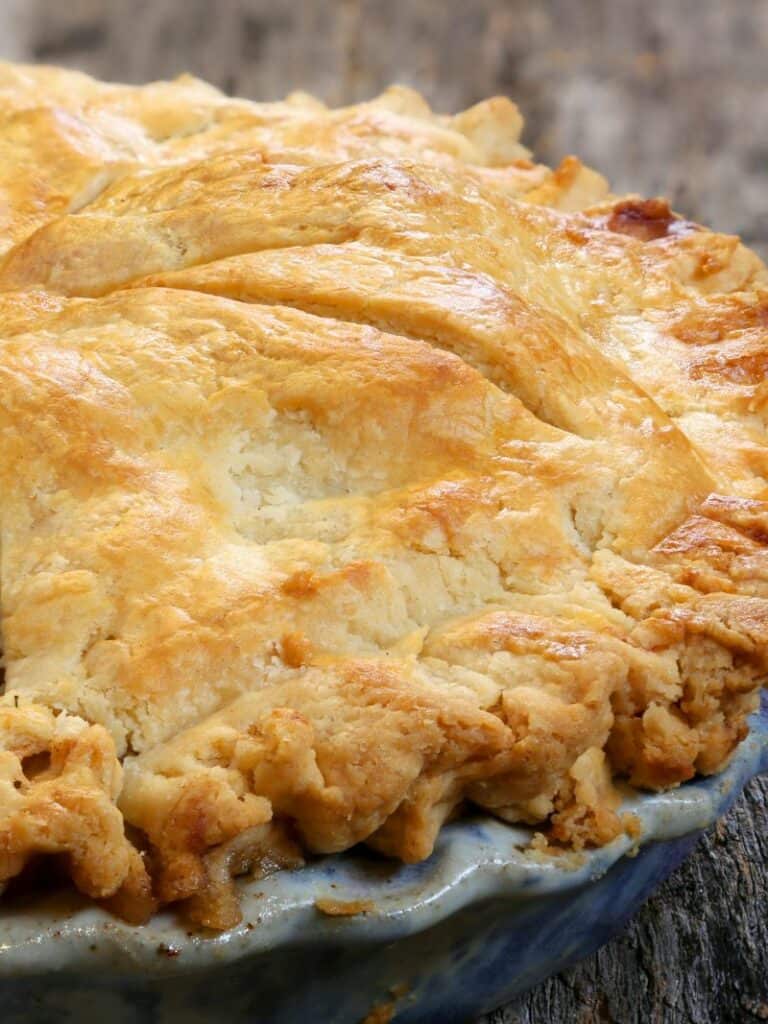
Blade mace can be added to apple pie filling to add a warm, nutty flavor that complements the sweetness of the apples. It can also be added to the pie crust for an extra layer of flavor.
Carrot Cake

Carrot cake is a classic dessert that can be made even more flavorful with the addition of blade mace. The
Spiced Cookies
Blade mace can be added to spiced cookie recipes, such as gingerbread or snickerdoodles, for an extra layer of flavor. The
Storing And Using Blade Mace
To ensure your blade mace’s longevity, clean it after each use with warm water and mild soap or dishwashing liquid.
After cleaning the blade mace with a soft cloth or sponge, dry it thoroughly before storing away in its protective cover or container.
It would be best to keep the blade sharp by regularly honing with a honing steel or stone. This will help maintain its edge and prevent rusting over time.
Blade Mace Substitutes
If you ever run out of blade mace or need a substitute, don’t worry – plenty of options are available!
Here are some substitutes for blade mace that you can use in your cooking:
Ginger, Cinnamon, and Allspice
Ginger, cinnamon, and allspice are great alternatives to blade mace.
You can substitute these spices in a 1:1 ratio for blade mace, but it’s best to start with less and add more to taste since they each have their own unique flavor.
Nutmeg
Nutmeg is an excellent option if you’re looking for a sweeter flavor. It has hints of clove and cinnamon that work well in baked goods like cakes and pies.
Pumpkin Pie Spice Mix
Pumpkin pie
Chinese Five-Spice Powder
Chinese five-spice powder is a
It’s a great option if you’re looking for a warm, aromatic flavor that works well in savory dishes.
Where to Buy Blade Mace?
You can find blade mace at many grocery stores, health food stores, and online retailers like Amazon.
Mace, the crimson-colored seed covering nutmeg, is a classic northern European seasoning.
It has a lighter flavor than the ground seeds and pairs well with potted shrimp, Swedish meatballs, and other savory dishes.

